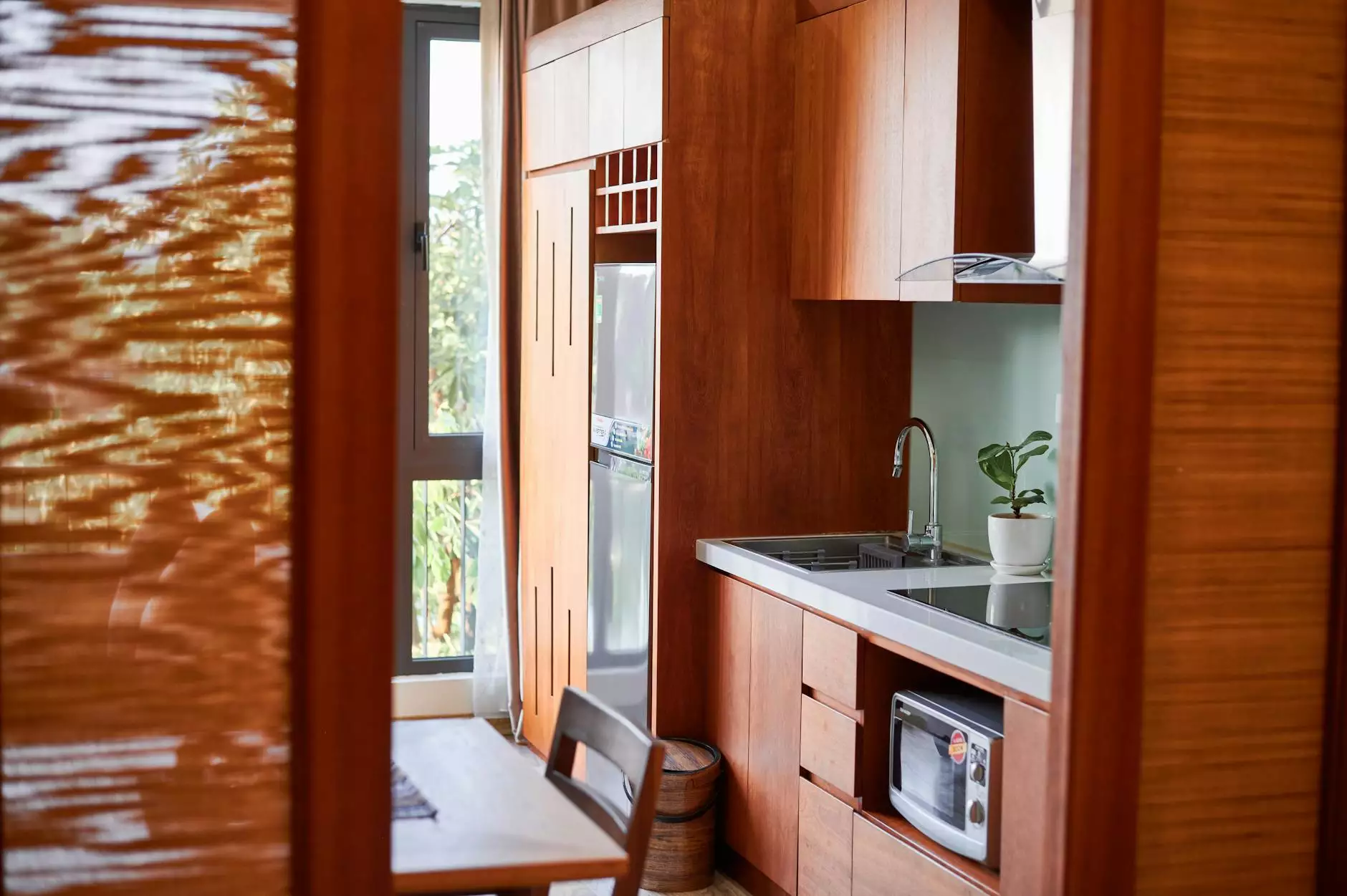Wood Pellets for Pellet Stove: The Ultimate Guide

In recent years, the demand for wood pellets for pellet stoves has risen significantly, driven by a growing awareness of sustainability, energy efficiency, and the desire for more cost-effective heating solutions. As we explore the world of wood pellets, you'll discover the numerous benefits they offer, guidance on selecting the best pellets, and tips for maximizing your heating efficiency.
The Rise of Wood Pellets
With rising energy costs and concerns about carbon footprints, wood pellets have emerged as an essential part of the modern heating landscape. These renewable energy sources are created from compressed sawdust and other wood materials, offering a clean-burning alternative to traditional fossil fuels.
What Are Wood Pellets?
Wood pellets are small cylinders of compressed organic material, typically sawdust from lumber processing, wood shavings, and even agricultural residues. They are crafted using high heat and pressure, which binds the materials together without the need for additives.
Why Choose Wood Pellets for Heating?
Choosing wood pellets for pellet stoves provides various benefits:
- Renewability: Wood pellets are a sustainable option, sourced from forests that can be managed responsibly.
- Carbon Neutral: When burned, they release carbon dioxide, which is approximately equal to the amount the trees absorbed during their growth.
- High Efficiency: Modern pellet stoves are designed for high combustion efficiency, producing more heat per unit of fuel.
- Convenience: Pellets are easy to handle, store, and feed into the stove automatically.
- Cost-Effective: With rising fossil fuel prices, wood pellets can often be more economical.
Choosing the Right Wood Pellets
Not all wood pellets are created equal. When selecting pellets for your stove, consider the following factors to ensure optimal performance:
Quality Standards
Look for pellets that meet recognized industry standards. In the U.S., the Pellet Fuels Institute (PFI) sets rigorous standards for premium grade wood pellets. These pellets typically have:
- Low moisture content: Ideally below 6%, which ensures better combustion.
- Low ash content: High-quality pellets should produce less than 1% ash, leading to less frequent cleaning.
- No additives: Pure wood pellets without binders or chemical additives are preferable.
Type of Wood Used
The source of the wood is crucial. Here are some common types:
- Hardwood Pellets: Made from oak, hickory, or maple; provide higher BTU output for heating.
- Softwood Pellets: Made from pine or fir; typically burn hotter but can produce more ash.
- Mixed Wood Pellets: A combination of both types can provide a balanced performance.
Local Availability
When possible, choose locally sourced wood pellets to reduce transportation costs and carbon emissions. Local suppliers often provide fresher products and can offer insight into the quality and sourcing practices.
Maximizing Efficiency with Wood Pellets
Once you've selected high-quality wood pellets for pellet stoves, the next key step is maximizing their efficiency for your heating needs. Here are some strategies to get the most value out of your pellets:
Proper Storage
Storage conditions significantly affect the integrity of wood pellets. To maintain their quality:
- Keep them in a dry location to prevent moisture absorption.
- Use airtight containers to limit exposure to humidity.
- Store pellets off the ground, using pallets or similar, to avoid contact with moisture from the floor.
Regular Maintenance
Regular maintenance of your pellet stove ensures efficient operation:
- Clean the burn pot: Removing ash and debris will improve airflow and combustion.
- Inspect the venting system: Ensure no blockages exist that could hinder exhaust flow.
- Schedule professional servicing: Annual inspections can help identify inefficiencies or potential hazards.
Optimizing Stove Settings
Adjust the stove settings based on the fuel quality and your heating needs:
- Experiment with feed rates to find the optimal balance between heat output and pellet consumption.
- Utilize the thermostat to maintain a consistent temperature while conserving fuel.
The Economic Aspect of Using Wood Pellets
Let's delve into the financial benefits of using wood pellets for pellet stoves:
Cost Comparison
When comparing heating sources, wood pellets can be significantly more cost-effective than oil or electric heating. Here's why:
- Consistent Pricing: Wood pellets often keep stable prices compared to fluctuating fossil fuel prices.
- Efficiency: Higher BTU ratings mean you can get more heat from less fuel, diminishing overall costs.
- Incentives and Rebates: Various state and federal programs offer incentives to use renewable heating sources.
Budgeting for Wood Pellets
When budgeting for heating with wood pellets, consider:
- Initial investment in a pellet stove if you don’t have one.
- Cost of purchasing pellets during peak season when demand is higher.
- Projected heating needs based on home size and insulation quality.
- Potential savings from lower energy bills, especially if transitioning from traditional fuels.
Environmental Impact of Using Wood Pellets
Another significant factor to consider is the environmental impact of using wood pellets for pellet stoves. Compared to fossil fuels, wood pellets can be a more sustainable choice:
Lower Carbon Emissions
Burning wood pellets releases significantly lower carbon emissions than coal or oil, contributing to a healthier environment. This aligns with global efforts to reduce greenhouse gas emissions and combat climate change.
Sustainable Forest Management
Responsible sourcing of wood pellets often involves sustainable forest management practices, which help maintain healthy ecosystems.
Reducing Waste
Wood pellets can also significantly reduce waste. Many pellets are made from sawdust and byproducts of lumber production, which might otherwise contribute to landfill waste.
Conclusion: The Future of Heating with Wood Pellets
As energy prices rise and the importance of sustainability becomes even more pronounced, the popularity of wood pellets for pellet stoves is expected to grow. By choosing high-quality pellets, properly maintaining your stove, and considering the environmental benefits, you can enjoy a heating solution that is efficient, economical, and eco-friendly.
Your Go-To Source for Wood Pellets
At Stary Timbers, your trusted partner in timber supply and wood products, we provide high-quality wood pellets that meet the highest industry standards. Our commitment to sustainability and customer satisfaction ensures that you have access to the best fuel for your heating needs. For more information, visit Stary Timbers or contact us today!








